WA Murujuga rock art site receives UNESCO World Heritage listing
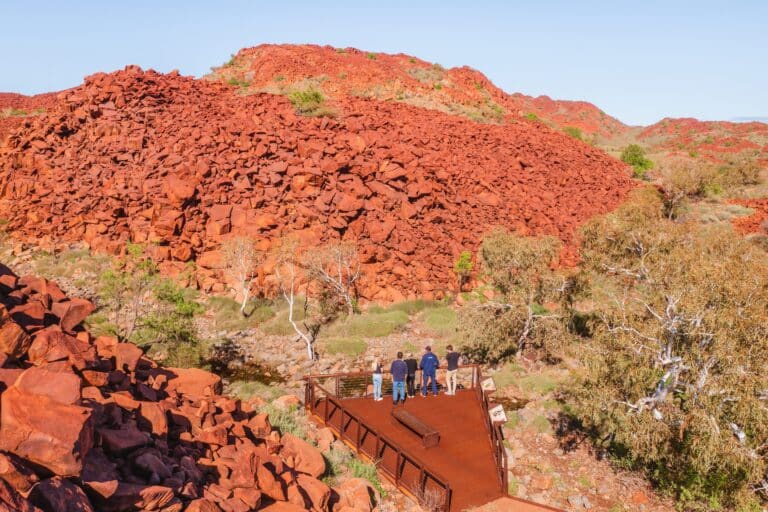



A 50,000-year-old Aboriginal rock art site in Western Australia’s remote Pilbara has been inscribed on the UNESCO World Heritage List.
Murujuga Cultural Landscape, near Karratha in north-west WA, is home to the world’s largest concentration of petroglyphs, described by UNESCO as a “manifestation of creative genius, inscribed in the landscape since deep time”.
The Murujuga site features one to two million petroglyphs – some up to 50,000 years old – etched into red rocks on the Burrup Peninsula and 42 islands in the Dampier Archipelago.
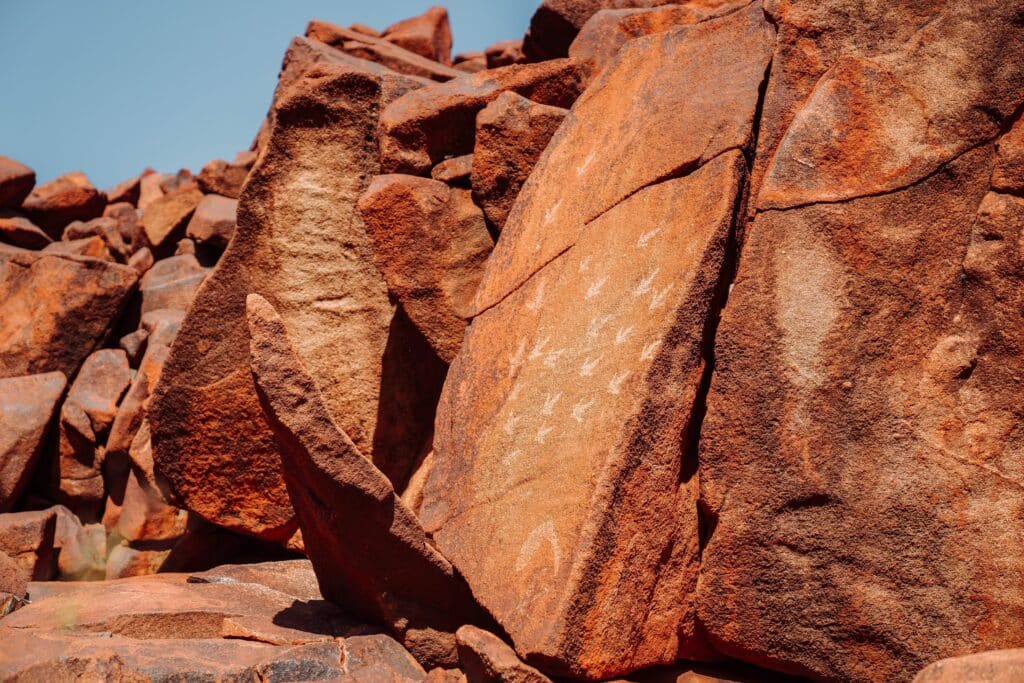
Many RVers travel to the Pilbara to explore Karijini National Park, bypassing this under-the-radar cultural wonder, about 34km north of Karratha. But that is set to change with the UNESCO listing giving the site much-deserved global recognition.
Murujuga is Australia’s 21st UNESCO World Heritage site, and only the second in the country recognised solely for its Indigenous cultural values. The first was Budj Bim Cultural Landscape in western Victoria, formerly Australia’s newest UNESCO site, inscribed in 2019.
In announcing its determination after a two-decade campaign by the Murujuga Aboriginal Corporation (representing the Ngarda-Ngarli Traditional Owners), the UNESCO Committee said the site contained “the most vast and densest known concentrations of petroglyphs in the world”.
“The petroglyph assemblage at Murujuga is extensive, diverse, and includes motifs of artistic originality, where innovative techniques convey movement and technical skill employed to achieve textured effects.
“This is a living cultural landscape that is testament to cultural traditions, creativity, spirituality and ecological knowledge spanning tens of thousands of years.”
The site features engravings of people, animals and birds, including the extinct thylacine (Tasmanian tiger). Among the artworks there are also fish traps, rock shelters and stone arrangements.
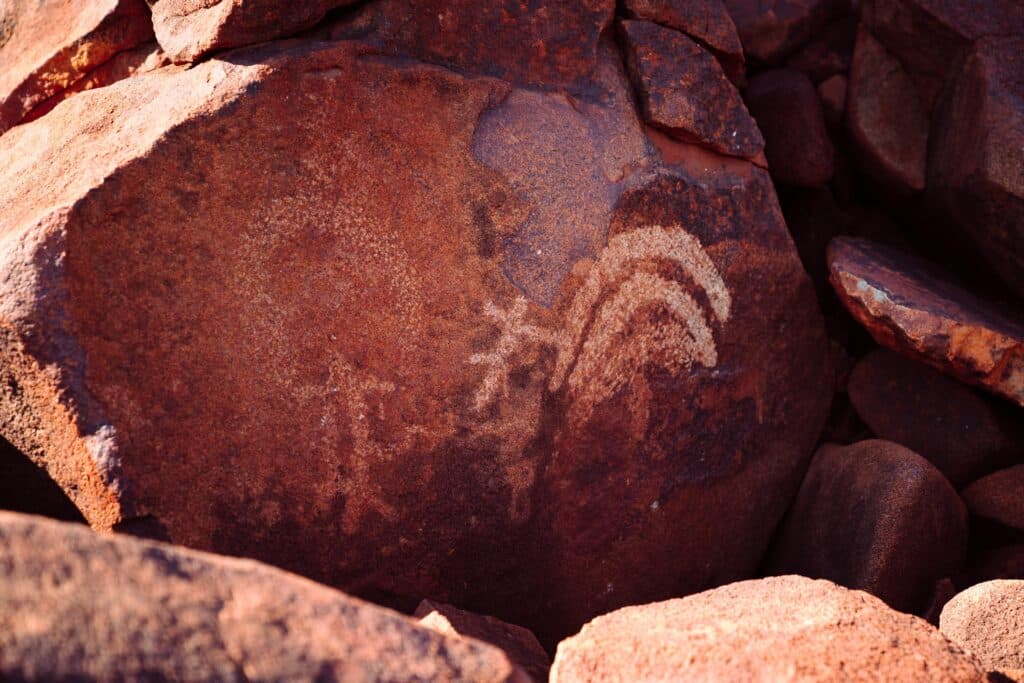
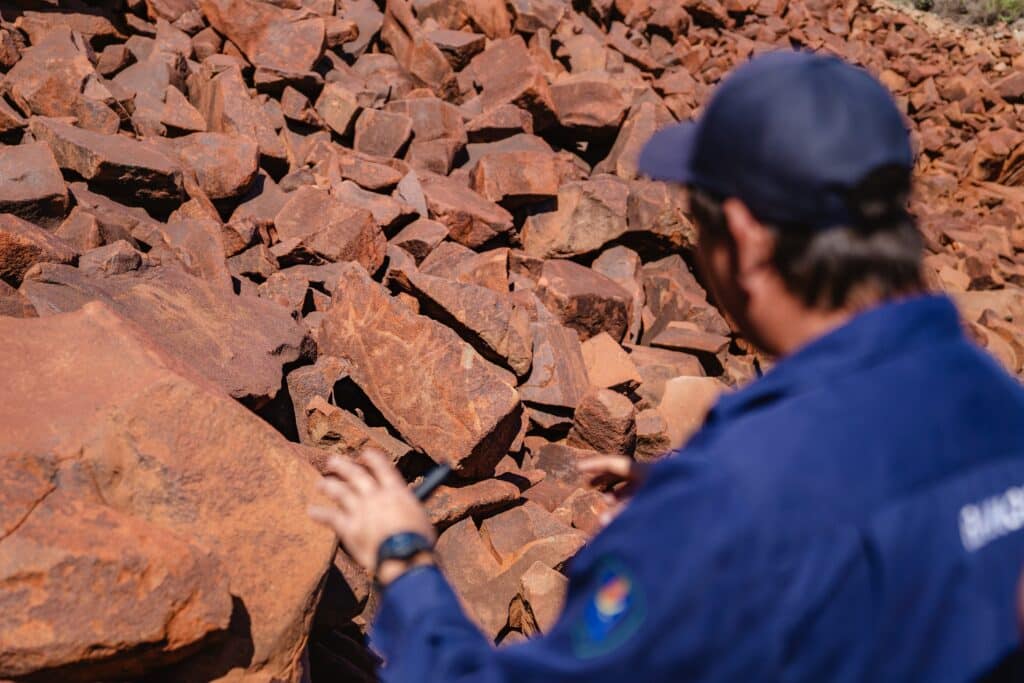
©️ Tourism Western Australia
Murujuga Aboriginal Corporation (MAC) chair Peter Hicks said the listing was a proud moment for the corporation, who would continue working to protect the site, which is close to heavy industry, including a Woodside gas plant.
“It is recognition of the hard work that MAC has put in to progressing this nomination, but it is also recognition of the way our ancestors have managed this extraordinary landscape for over 50,000 years. We are proud to continue that legacy,” Hicks said.
“World Heritage is the mechanism we will use to continue to do what we have always done – protect this Ngurra (Country) and our culture for all future generations.”
The World Heritage listing puts Murujuga in the league of Australia’s most famous UNESCO sites, including Uluru, Kakadu, the Great Barrier Reef and K’gari (Fraser Island).
Murujuga National Park is on the western edge of the Pilbara, near Karratha. While the UNESCO site extends across more than 100,000ha of land and sea country, the most readily accessible area is within the Nganjarli (Deep Gorge) recreation area. This site features a 700-metre wheelchair-accessible boardwalk with viewing platforms and interpretive signage.
Follow the trail and see rock engravings, shell middens, grinding stones and other cultural artefacts estimated to be more than 47,000 years old. The engravings show images of humans, extinct animals including megafauna and thylacines, as well as plants and other birds, fish and land animals.
Entry to the park is free and the best time to visit is in the late afternoon when shadows make the shallow engravings pop.
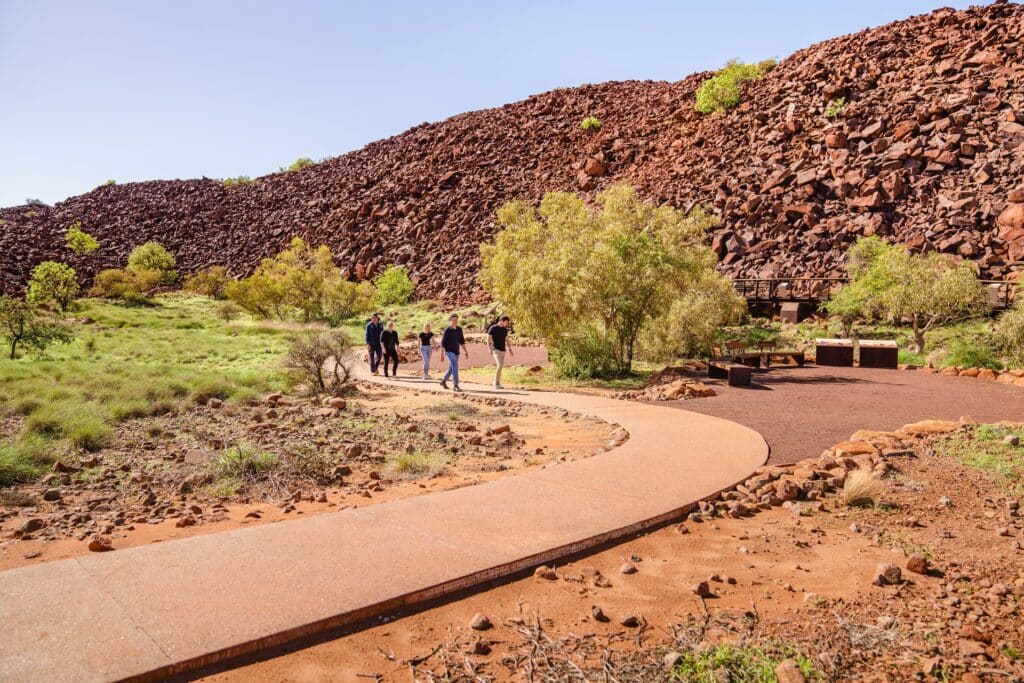
There are no campgrounds within Murujuga National Park but there are several options in Karratha. Discovery Parks – Pilbara, Karratha has powered and unpowered sites, some with concrete slabs and ensuites. The dog-friendly park also has cabins and a pool.
If the caravan park is full, there are two overflow options in town. The Karratha Country Club and the Kevin Richards Memorial Oval both offer paid sites during peak season for self-contained rigs only. Book a spot at the country club at the Karratha Tourism & Visitor Centre on arrival. Stays at the oval are limited to 72 hours.